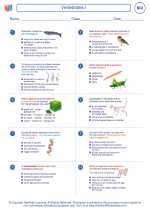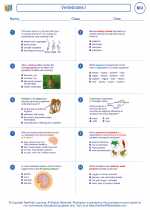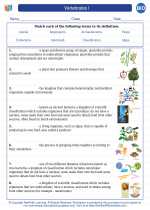Phagocytosis
Phagocytosis is a vital process in the immune system, allowing cells to engulf and digest foreign particles such as bacteria, dead cells, and other debris. This process is crucial for maintaining the body's defense against pathogens and for the removal of cellular waste.
Key Players
Macrophages, neutrophils, and dendritic cells are the primary cells involved in phagocytosis. These cells have specific receptors on their surface for recognizing foreign particles and initiating the engulfment process.
Receptor Binding
The process of phagocytosis is initiated by the binding of receptors on the phagocyte to molecules on the surface of the target particle. This binding triggers the extension of the cell membrane around the particle, leading to its internalization.
Formation of Phagosome
The engulfed particle is enclosed within a pocket of the cell membrane, forming a phagosome. This structure is then internalized into the cell, where it fuses with lysosomes to form a phagolysosome.
Degradation and Digestion
Within the phagolysosome, the engulfed particle is broken down by the action of enzymes present in the lysosomes. This process results in the degradation of the particle into smaller components.
Cellular Utilization
The components resulting from the breakdown of the engulfed particle can be utilized by the cell for energy or expelled from the cell as waste.
Stages of Phagocytosis
The process of phagocytosis can be divided into several stages, including chemotaxis, adherence, ingestion, digestion, and exocytosis.
Overall, phagocytosis is a critical process for the immune system, allowing cells to remove foreign particles and maintain the body's defense against pathogens. Understanding the mechanisms of phagocytosis is essential for comprehending the immune response and the body's ability to combat infections.
.◂Biology Worksheets and Study Guides High School. Vertebrates I

 Worksheet/Answer key
Worksheet/Answer key
 Worksheet/Answer key
Worksheet/Answer key
 Vocabulary/Answer key
Vocabulary/Answer key
 Vocabulary/Answer key
Vocabulary/Answer key
 Vocabulary/Answer key
Vocabulary/Answer key
